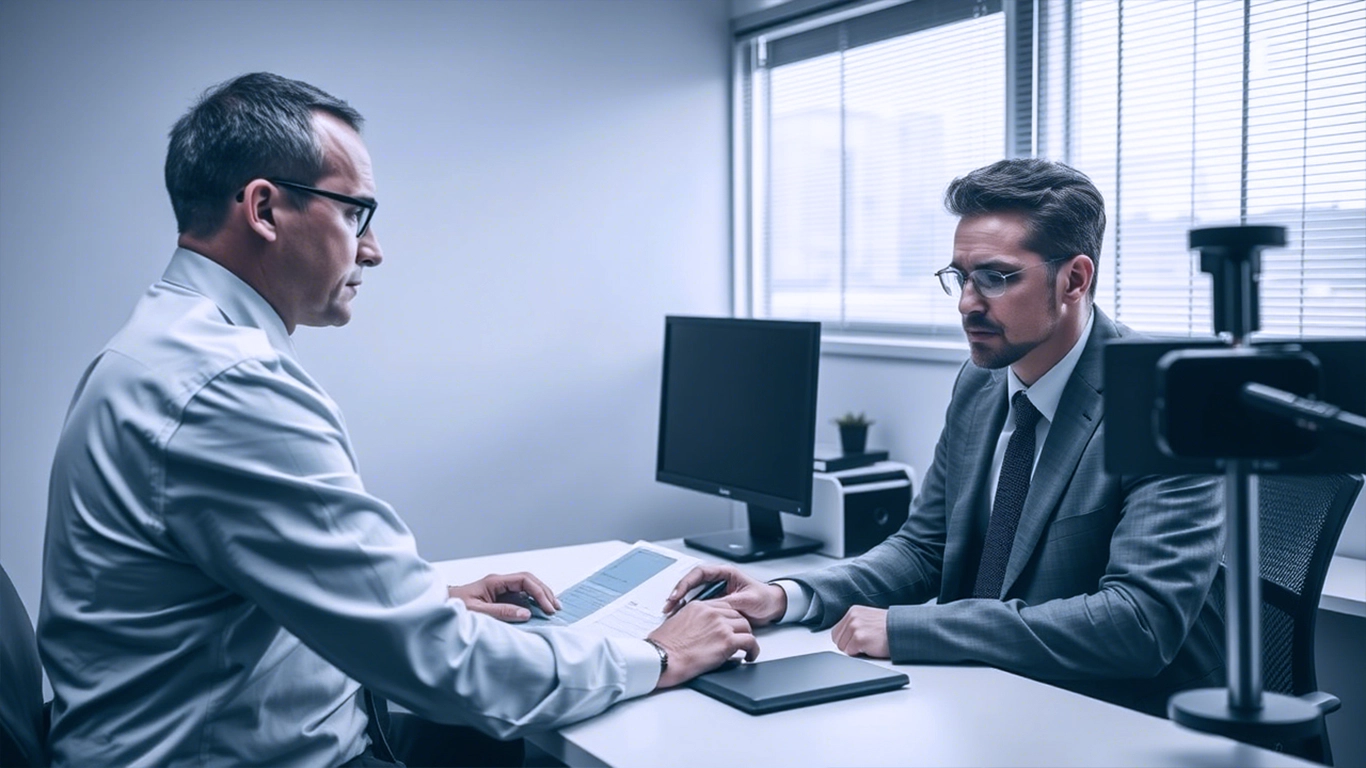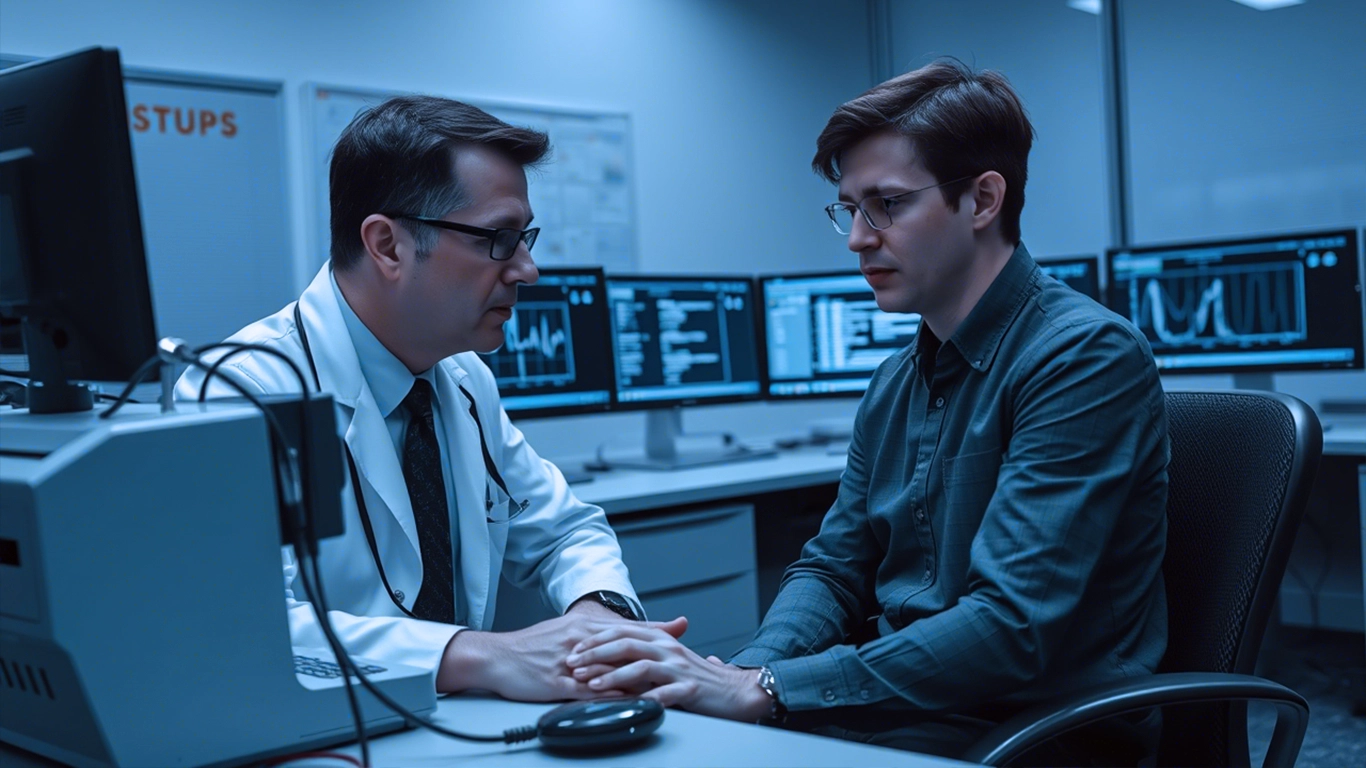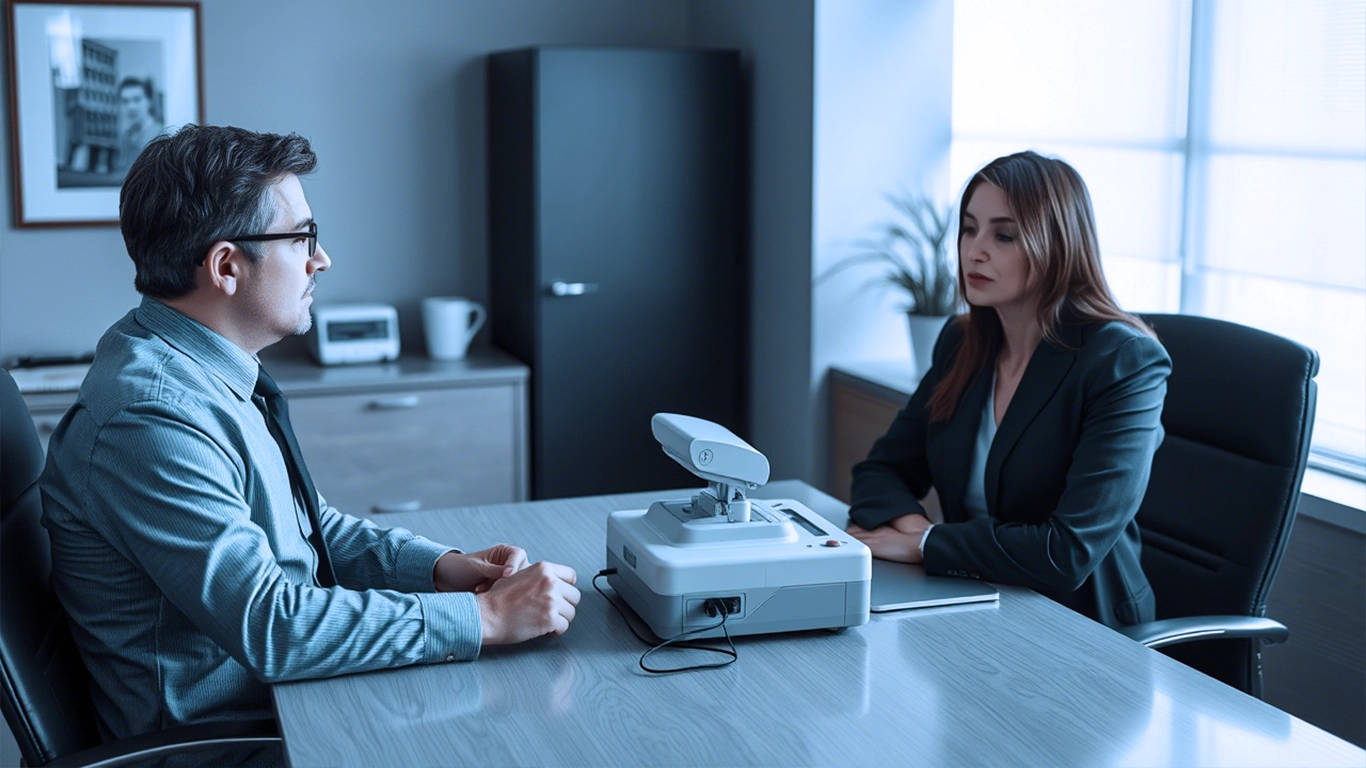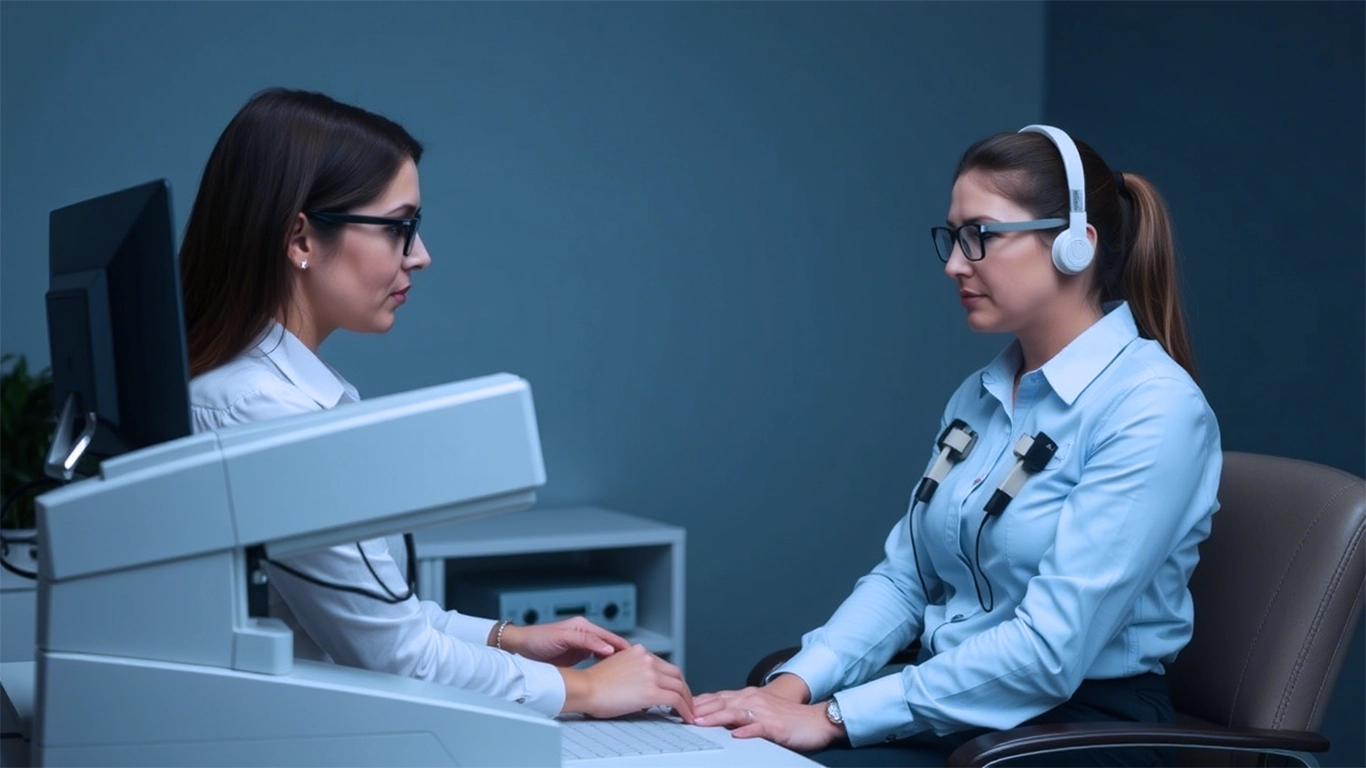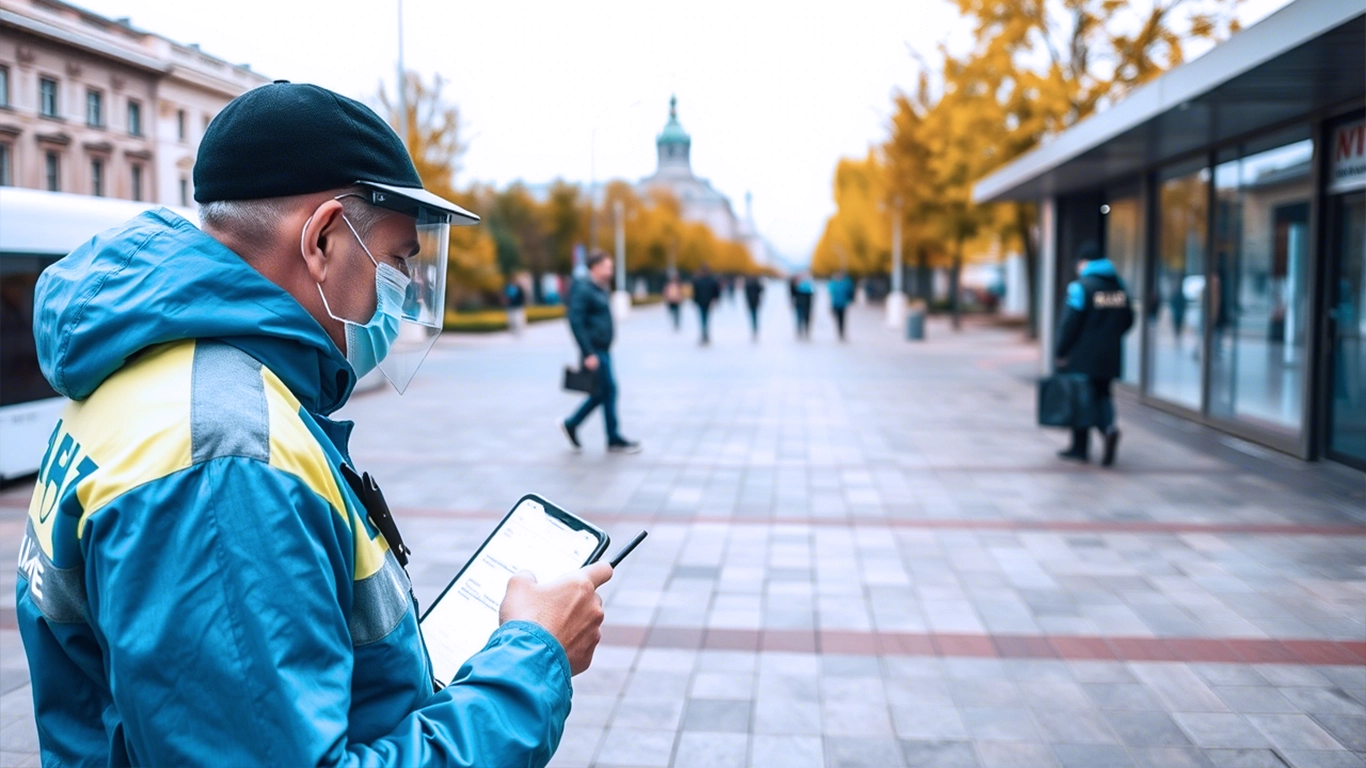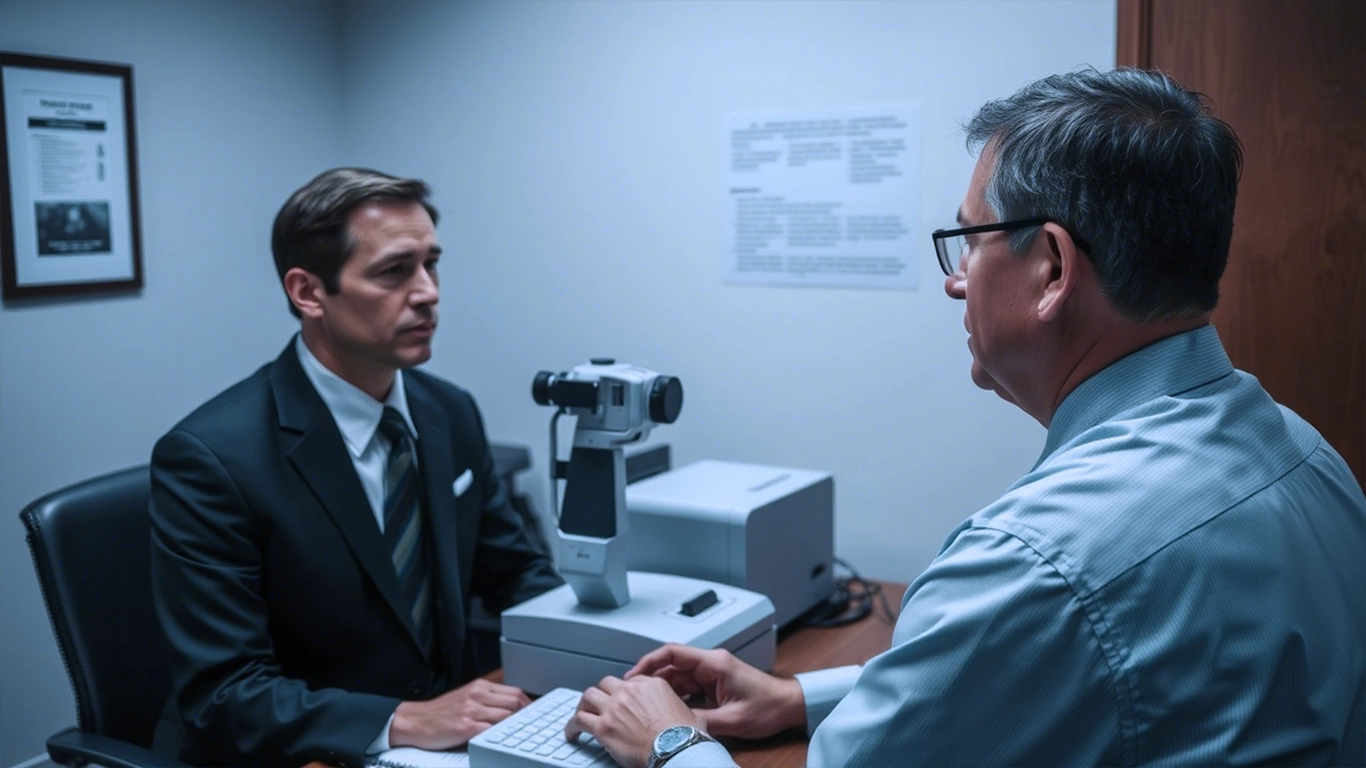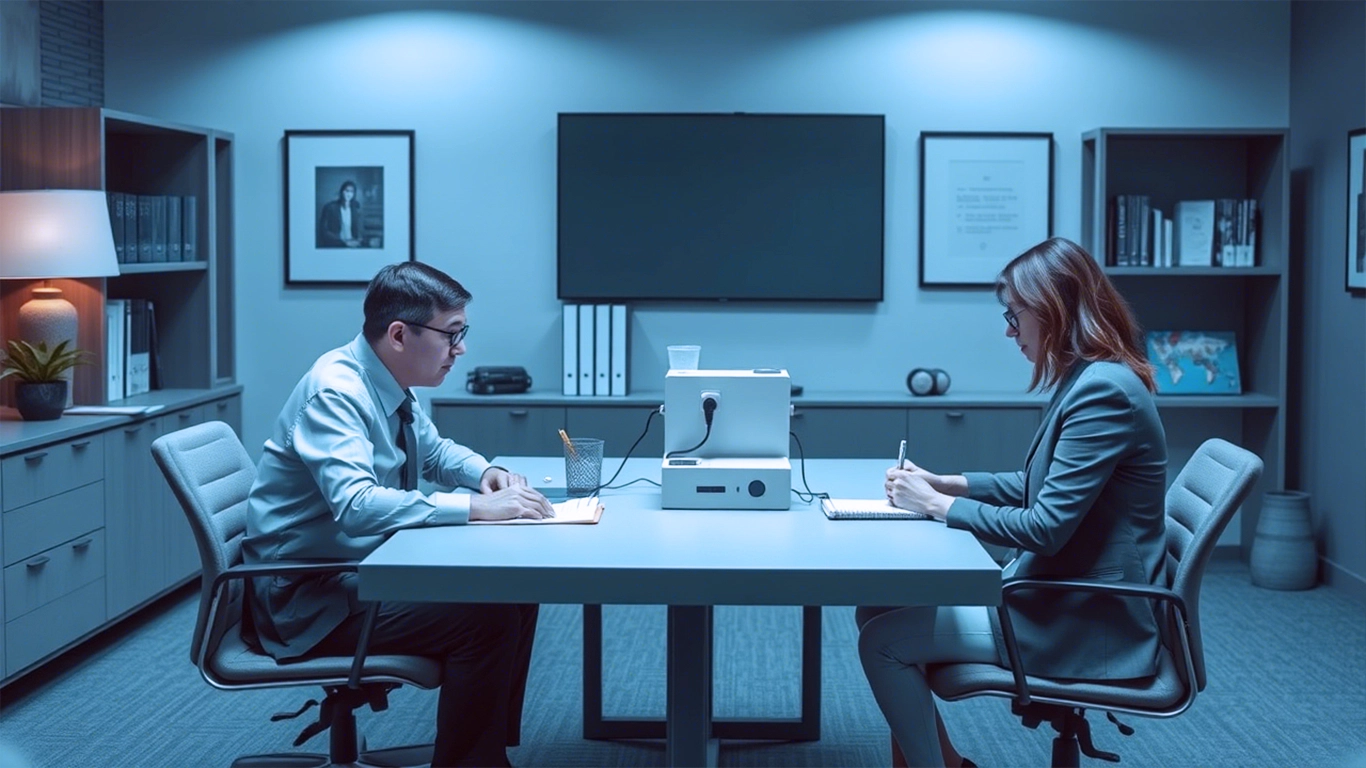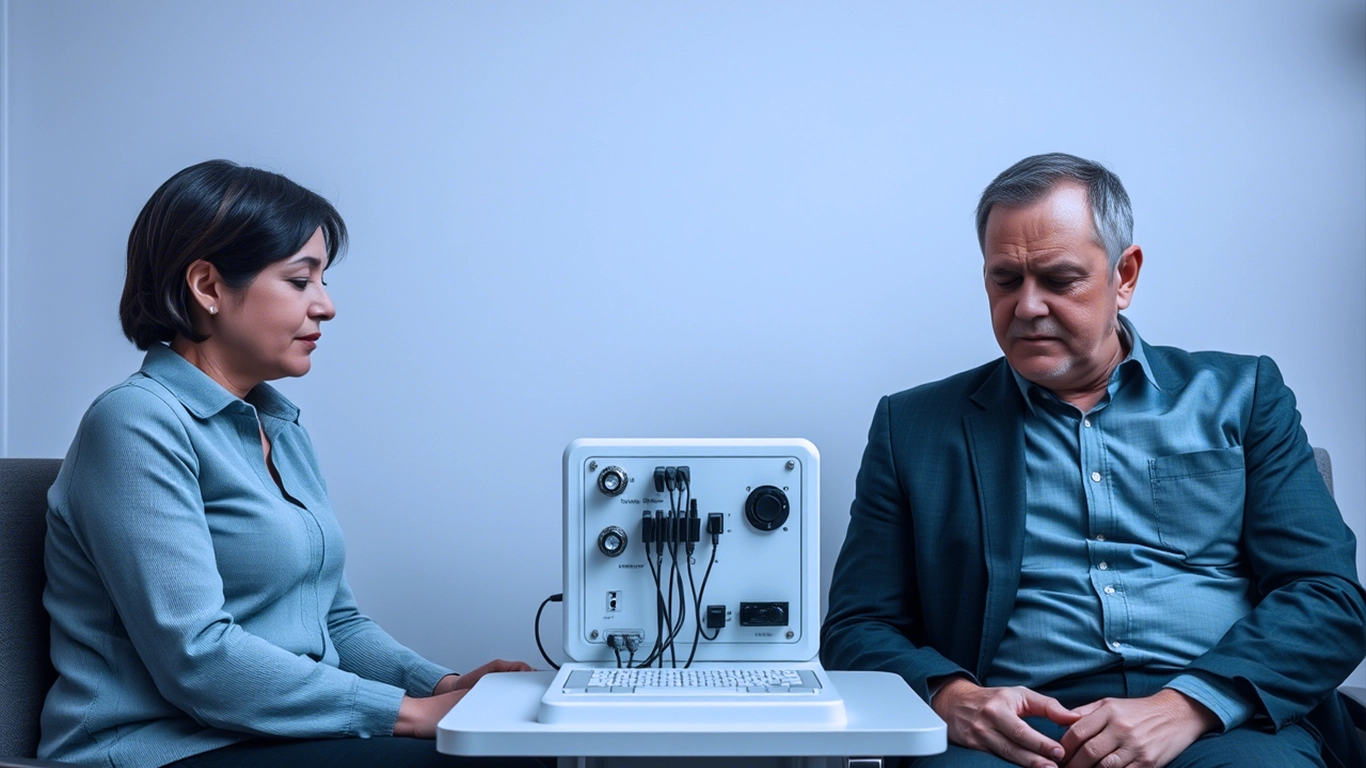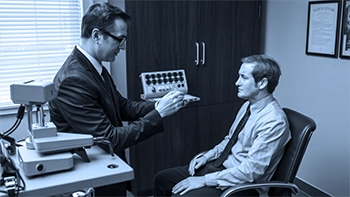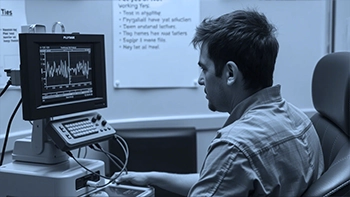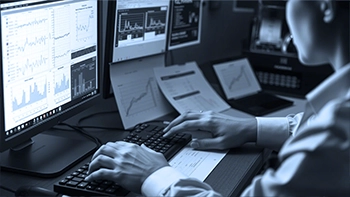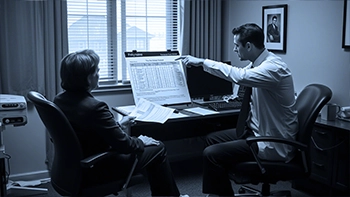Select your language
After the consultation, a specially prepared, comfortable, and confidential space is created for the examination. This setting allows the respondent to feel relaxed, reducing stress and ensuring the accuracy of the results. The room is equipped with climate control, soundproofing, and comfortable furniture, contributing to an optimal environment for testing.
Connecting the "EPOS-10" Polygraph
At this stage, the modern "EPOS-10" polygraph is connected. This device is equipped with high-precision sensors and software, enabling real-time recording of the respondent’s physiological reactions. A test run and calibration are conducted to ensure the device functions correctly before the main test begins.
Installing Sensors for Reaction Monitoring
To ensure synchronized registration of physiological responses, specialized sensors are placed on the respondent’s body, each responsible for measuring specific parameters.
Key Sensors and Their Functions
- Galvanic Skin Response Sensor – measures skin conductivity to assess perspiration levels;
- Photoplethysmogram Sensor – records blood flow dynamics and changes in vascular blood volume;
- Cardiovascular Activity Sensor – monitors heart rate and blood pressure changes;
- Respiration Sensor – tracks breathing rhythm and amplitude;
- Tremor Sensor – detects micro-movements and muscle tension;
- Voice Sensor – analyzes voice changes to identify emotional fluctuations.
Modern Techniques and Equipment Advantages
The use of advanced lie detection techniques combined with cutting-edge technology ensures high-precision signal registration. The "EPOS-10" polygraph software processes data in real time, comparing it to baseline values obtained during preliminary testing. This allows even the slightest deviations in physiological reactions to be detected, minimizing the risk of false-positive or false-negative results.
Conclusion
Preparation for polygraph testing is a crucial stage that guarantees the objectivity and reliability of the examination. Proper space organization, correct equipment setup, and precise sensor installation create conditions for obtaining accurate data. This comprehensive approach enables specialists to conduct testing at a high level, ensuring a precise analysis of the respondent’s emotional and physiological state.
Every stage of preparation, from creating a comfortable environment to the detailed analysis of indicators, is aimed at achieving maximum measurement accuracy and result objectivity, ensuring the successful execution of the test.







